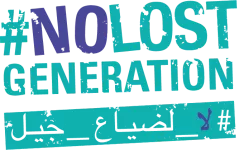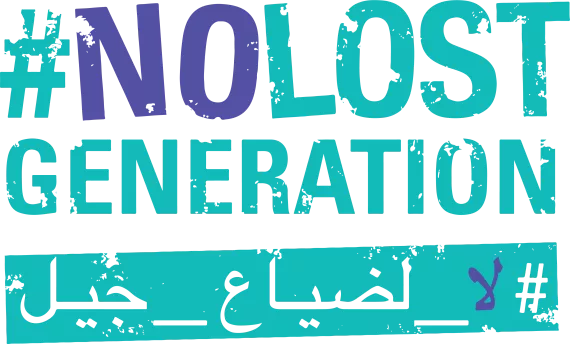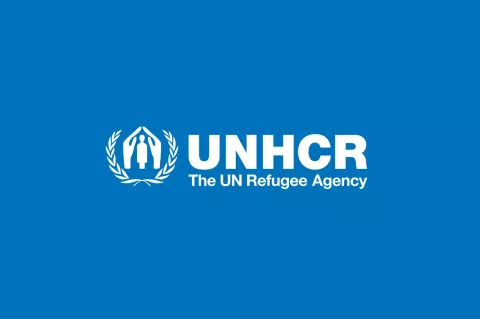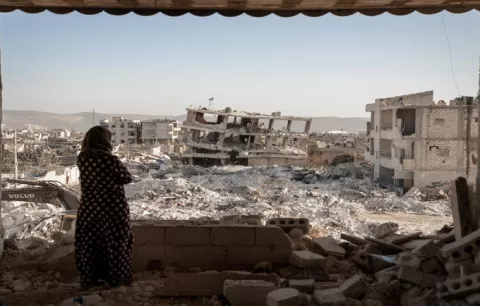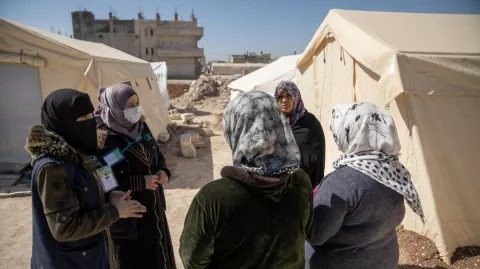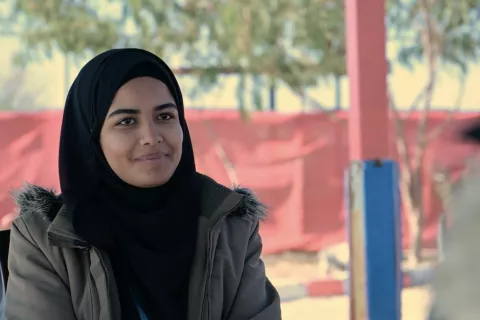Marriage can wait, childhood cannot. Solutions and good practices for preventing child marriage
On June 29, NLG and UNFPA-UNICEF Global programme to end child marriage organised a panel discussion on child marriage among refugee population in the MENA region.
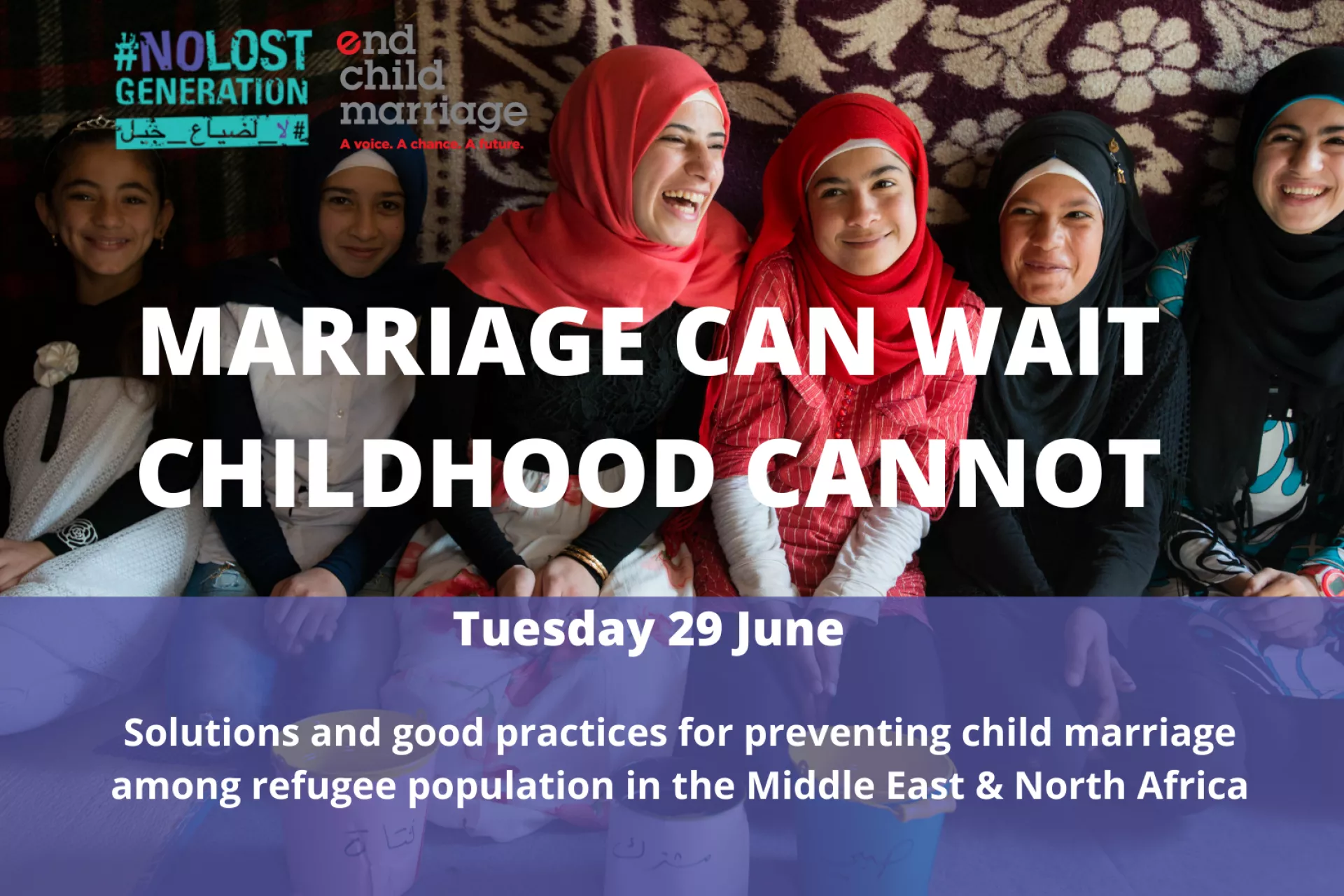
Each year on June 20th the United Nations and countless civic groups around the world commemorate World Refugee Day in order to highlight the situation and draw focus on millions of refugees and internally displaced persons worldwide who have been forced to flee their homes due to war, conflict and persecution.
This year commemorating the World Refugee Day, the UNFPA-UNICEF Global programme to end child marriage and No Lost Generation Initiative organised a panel discussion on 29th June to draw attention to thousands of children who, among the multiple vulnerabilities that conflict and displacement brings, are also faced with the debilitating consequences of getting married too early. The discussion included diverse panelists representing government, civil society organisations, INGOs, youth advocates to discuss solutions and good practices to prevent child marriage and strengthen child marriage programming in the humanitarian context.
The overall rate of child marriage in the Middle East and North Africa (MENA) region has been declining for decades and is now meaningfully lower than the global average.[1] The current rates remain nonetheless alarming, with serious concerns about the impact of instability on child marriage within the region. At the regional level, 18 per cent of girls are married before the age of 18 whilst 3 per cent of girls are married before the age of 15.[2] However, prevalence varies across the region, masking the wide variation in prevalence between different countries in the region which ranges from 3 per cent married before 18 in Algeria to 32 per cent in Yemen.[3]
The risk of child marriage gets further exacerbated in the context of conflict and displacement, with a disproportionate impact on girls. Faced with insecurity, increased economic hardship and risks of sexual and gender-based violence, and the break-down of rule of law, families and parents may see child marriage as a coping mechanism. Besides high levels of poverty, lack of access to education and to basic care and protection, girls and boys are forced into early marriages, and the existing vulnerabilities of children have further worsened since the beginning of COVID-19 pandemic. As per UNICEF Report, up to 10 million more girls will be at risk of becoming child brides as a result of the pandemic.
The panelists at the discussion highlighted that programmatic approaches are not one-size-fits-all and that they need to be tailored according to the needs of the population and the contextual specificities. However, often child marriage prevention and response programming in humanitarian contexts tends to be short-lived and short-scaled. Therefore, strengthening systems is key to make this programming sustainable. Including various actors in an integrated and multi-sectoral response is crucial: ensuring collective efforts of governments, civil society organizations, international & local NGOs and the UN.
Some of the key recommendation shared by the panelists are:
- Understanding child marriage in different humanitarian contexts, in and outside refugee settings;
- Ensuring effective monitoring and evaluation of programmatic approaches;
- Mapping programmatic gaps – including for adolescents and young females between 10-14 who are divorced or widowed, who are often missed out in response interventions;
- Integrating child marriage and related vulnerabilities in rapid assessments to inform and design programmatic approaches;
- Investing in integrated programmes to prevent and respond to child marriage, that also address family poverty, livelihoods, education, access to health care and food security;
- Scaling up empowerment interventions to listen to and engage girls and boys and understand their needs, co-creating child and youth tailored tools and solutions with young people themselves;
- Ensuring access to quality formal and non-formal education for girls and boys;
- Prioritizing support to survivors, increased case management and access to mental health and psychosocial support;
- Promoting child protection initiatives such as helplines and services to identify and respond to girls at risk of gender-based violence and child marriage;
- Political engagement needs to be done to complement programmatic approaches;
- Together with international organizations, mobilize support and advocate with countries that do not have legislations to prevent child marriage;
- Ensure the involvement of religious leaders/ councils in campaigns and use the platform of religious establishments/institutions to raise awareness on the risks and implications of child marriage, as well as need for education and skills building;
- Coordination and building alliances and partnerships between civil society organizations in the interventions to combat the issue of early marriage and mitigate its effects.
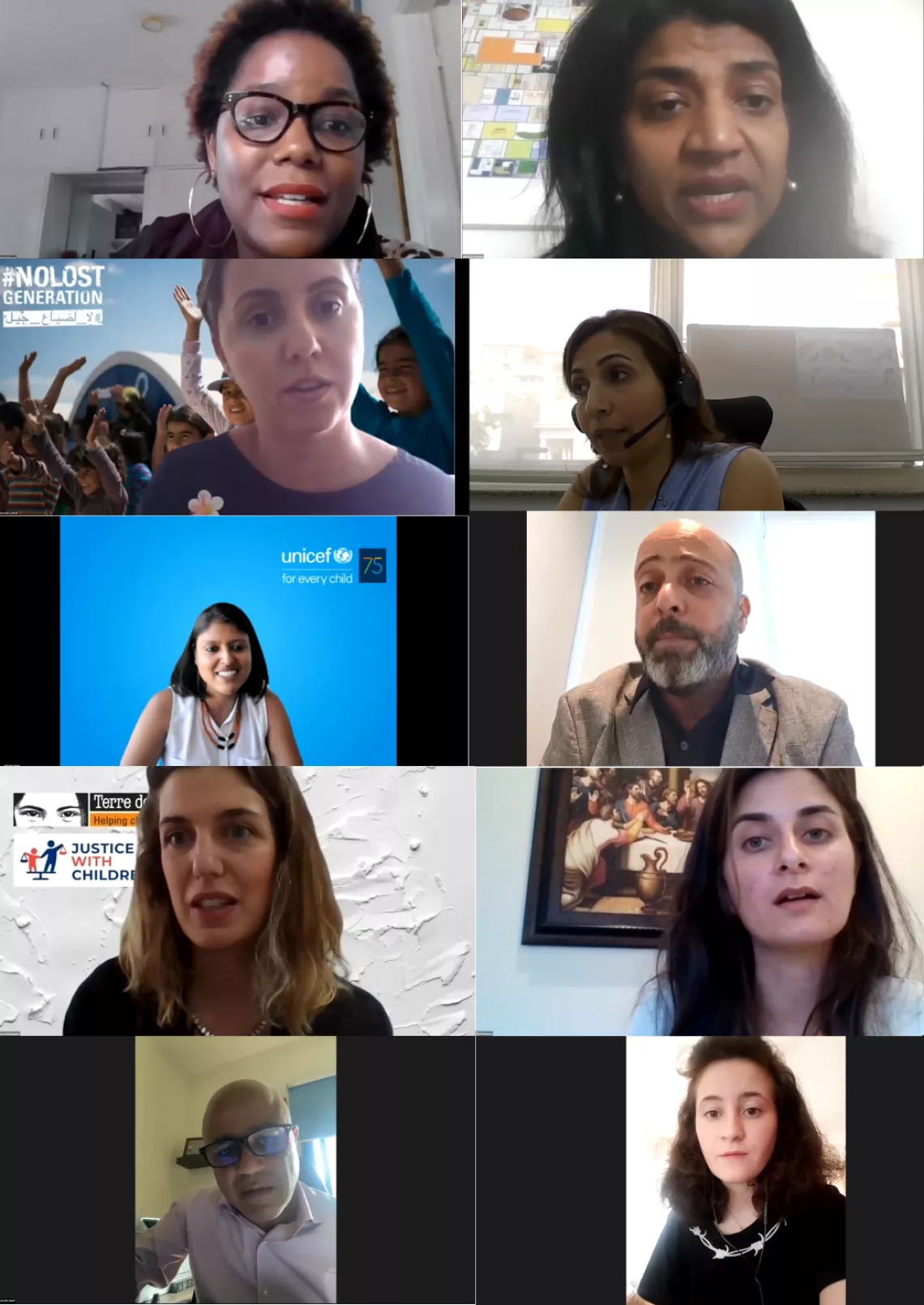
Moderators and guest speakers:
- Satvika Chalasani, Technical Specialist; Adolescent Sexual and Reproductive Health, Ending Child Marriage, UNFPA HQ
- Shadia Elshiwy, Regional Analyst on Harmful Practices, UNFPA Arab States
- Nankali Maksud, Senior Adviser in Child Protection, UNICEF NYHQ
- Alexandra Matei, Syria Response Advocacy and Communications Director, World Vision International
- Indrani Sarkar, Child Protection Specialist (Harmful Practices & Social Norms), UNICEF Middle East and North Africa Regional Office
Panelists:
- Dr. Mohammad Meqdadi, Secretary General, National Council for Family Affairs, Jordan
- Dr. Qassem Saad, General Director, Developmental Action without Borders, Nab’a. Lebanon
- Ms. Marta Gil Gonzales, MENA Regional Programme Coordinator, Access to Justice (A2J), Terre des Hommes
- Ms. Rita Fenianos, Capacity Building and Partnership Officer, International Rescue Committee, Lebanon
- Ms. Nada Ahmed, Y-PEER Network, Iraq
Useful resources
- UNFPA-UNICEF Global Programme to End Child Marriage, Global Consultation on Child Marriage in Humanitarian Context, 4-5 February 2020.
- UNPFA-UNICEF Global Programme to End Child Marriage. Addressing Child Marriage in Humanitarian Context: Technical Guide to Staff and Partners, February 2021.
- UNFPA-UNICEF Global Programme to End Child Marriage. Preventing and responding to child marriage in humanitarian settings: the Global programme approach, February 2020.
- UNICEF Middle East and North Africa Regional Office and UNFPA Arab States Regional Office. Child Marriage in the context of COVID-19: Analysis of Trends, Programming and Alternative Approaches in the Middle East and North Africa.
- World Vision International. Stolen Future: War and Child Marriage in Northwest Syria.
- No Lost Generation. Advocacy Brief: The Syria Crisis, March 2021.
- Terre des Hommes. Research – Understanding child marriage among Syrian Refugee Communities in Jordan and Lebanon, April 2020.
- Terre des Hommes. Ride On! A Remote Self-guided Curriculum to Promote Adolescents’ Well-being, November 2020.
- Girls Not Brides. Child Marriage in Humanitarian Contexts. August 2020.
Videos
Terre des Hommes – Kafa’s Story – ECJ Camp, Jordan
Terre des Hommes Lebanon’ social media campaign #ChildMarriageDidn’tProtectThem for World Refugee Day: Amal’s Story; Esraa’s Story; Sanaa’s Story and Zeinab’s Story.
World Vision Syria Crisis Response – End Child Marriage in Azraq Refugee Camp
For further resources or to set up a call or meeting following the event, please email Indrani Sarkar (isarkar@unicef.org) or Shadia Elshiwy (elshiwy@unfpa.org). If you wish to access the recording, please email mthepault@unicef.org.
[1] https://www.unicef.org/mena/media/1786/file/MENA-ChildMarriageInMENA-Report.pdf.pdf
[2] UNICEF. 2016. State of the World’s Children. New York: UNICEF.
